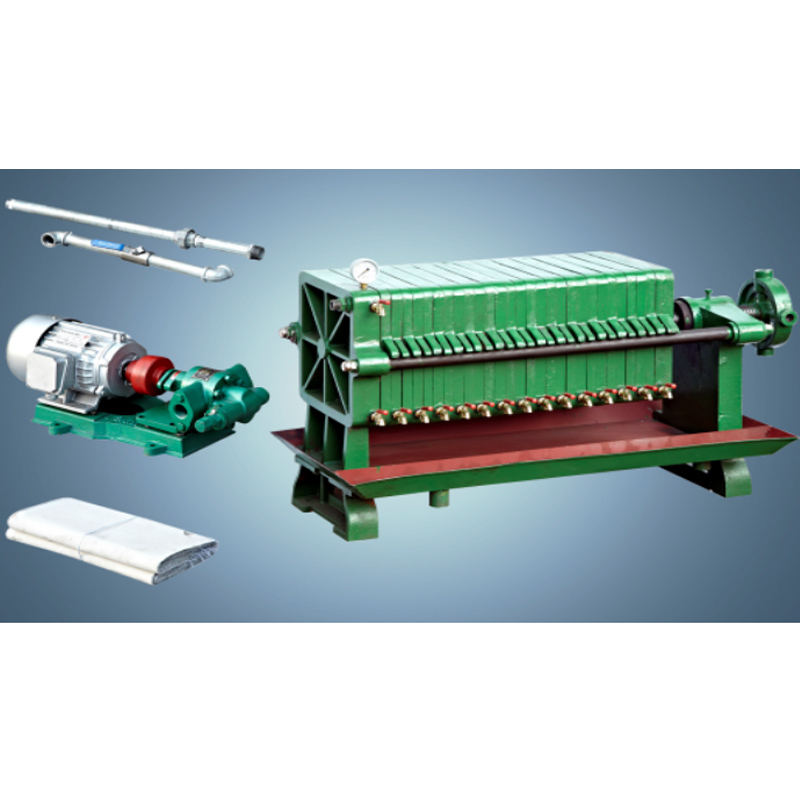Oct . 05, 2025 23:20 Back to list
Need safflower oil press service with ISO quality & speed?
Inside the Modern Safflower Oil Press Service: Real-World Specs, Trends, and Pitfalls
If you’re weighing a move into safflower processing—or trying to squeeze a bit more margin from an existing line—your first stop should be a capable filtration backbone. I’ve toured plants from Hebei to the High Plains, and one constant keeps showing up: the filtration stage decides whether you sell cloudy bulk oil or premium-grade, lab-stable product. That’s why operators increasingly ask about the safflower oil press service built around robust press filters from Dingzhou City, Hebei Province, China. Honestly, the “press filter” label sounds simple, but the execution is where the magic (and the uptime) lives.
Industry snapshot and why it matters
Two converging trends are reshaping safflower oil: clean-label expectations (low PV/FFA at dispatch) and diversified use in cosmetics and nutraceuticals. Smaller co-ops want modular lines; mid-size refineries demand automated cake discharge and traceable QC. It seems that fewer people tolerate mystery downtime anymore—which, to be fair, is progress.
How the service flow actually runs
Materials: dehulled safflower seed meal/oil mix, 304/316L stainless wetted parts, FDA-compliant gaskets, and filter cloths (PP or cotton, depending on polish target).
- Pre-press or cold press: form miscella and cake; optional decanter to knock out heavy solids.
- Heating/conditioning: ≈50–65°C for viscosity control (real-world use may vary).
- Press filtration: plate-and-frame press filter captures fine meal; produces dry cakes that are easy to dispose.
- Polishing step: bag or cartridge stage if cosmetic-grade clarity is needed.
- QC and release: AOCS/ISO tests for PV, FFA, moisture, insolubles, and clarity.
Testing standards I see most: AOCS Ca 3a-46 (moisture), AOCS Ca 5a-40 (insolubles), ISO 3960 (peroxide value), ISO 660 (acid value). Service life? Filter cloths ≈6–12 months; hydraulic seals ≈12–24 months; plates often run 8–10 years with sane pressures.

Product: Press Filter (Dingzhou, Hebei) — key specs
The Press Filter is a straightforward workhorse: separate solids from oil/water mixtures, recover water for reuse, and press out dry cakes. Many customers say it’s refreshingly low-drama once dialed in.
| Parameter | Typical Value (≈) |
|---|---|
| Filtration area | 10–80 m² (modular plate count) |
| Working pressure | 0.4–1.0 MPa |
| Cake thickness | 20–35 mm |
| Wetted materials | 304/316L SS; FDA-grade gaskets |
| Cloth media | PP/cotton, 1–25 μm nominal |
| Throughput | Up to 1.5–6 t/h, seed-basis, line-dependent |
| Discharge | Manual or automatic cake opening |
| Certifications | ISO 9001; CE |
Real test snapshots (field notes)
- Impurities after press filtration: ≤0.1% by mass (AOCS Ca 3a-46 tie-in).
- Peroxide value at dispatch: 2–5 meq O2/kg (ISO 3960), assuming nitrogen blanketing.
- Residual oil in cake: around 7–9% with hot pressing; cold lines trend a bit higher.
Applications: edible-grade safflower oil, cosmetic-grade polish, biodiesel pre-treatment, and water/oil effluent recovery loops.
Vendor comparison (what I’d look at)
| Vendor | Core Tech | Certs | Lead Time | After‑Sales |
|---|---|---|---|---|
| Dingzhou Press Filter (Hebei) | Plate‑and‑frame; auto cake; SS 304/316L | ISO 9001, CE | ≈20–45 days | Remote + on‑site, solid spares |
| Generic Import | Mixed plate quality | Varies | ≈30–60 days | Inconsistent; check parts list |
| Local Fabricator | Custom frames; manual discharge | Shop-specific | ≈15–35 days | Great locally; limited inventory |
Customization and service packages
Options include PLC automation, cake shaking, cloth wash systems, CIP ports, and food-grade surface finishes. The safflower oil press service often bundles operator training, spare cloth kits, and a preventive maintenance schedule—worth it, to be honest, if you’re running long shifts.
Mini case notes
- Co‑op, Central Asia: upgraded to auto cake release; OEE improved ≈11%.
- Cosmetics line, EU: added polishing stage; haze (NTU) cut by >60% vs. single-stage press.
- Agro‑processor, North China: reuse of process water after press reduced discharge fees noticeably.
Feedback is candid: “Keep spare cloths and a seal kit on the shelf, and you won’t sweat deadlines.” The safflower oil press service teams that show up with test kits and standards get my vote.
Compliance and documentation
Expect ISO 9001 manufacturing, CE compliance, materials traceability, and test protocols mapped to AOCS/ISO. For edible production, specify FDA-compliant gaskets and 316L on contact paths. The safflower oil press service should hand you a QC checklist, not just a user manual.
Citations
- AOCS Official Methods and Recommended Practices (AOCS Ca 3a-46; Ca 5a-40).
- ISO 3960:2017, Animal and vegetable fats and oils — Determination of peroxide value.
- ISO 660:2020, Animal and vegetable fats and oils — Determination of acid value.
- Codex Alimentarius Standard for Named Vegetable Oils (CXS 210-1999).
-
Spiral Oil Press: Efficient Oil Extraction Technology for Sustainable Production
NewsNov.24,2025
-
Efficient Spiral Oil Expellers for Sustainable Oil Extraction | OilMill China
NewsNov.24,2025
-
Comprehensive Guide to Screw Physical Oil Expeller Technology & Benefits
NewsNov.23,2025
-
Durable and Efficient Screw Physical Oil Presses for Sustainable Oil Extraction
NewsNov.23,2025
-
Screw Oil Expeller – Efficient, Sustainable Mechanical Oil Extraction Solutions
NewsNov.22,2025
-
Comprehensive Guide to Cold Oil Expeller: Benefits, Uses & Future Trends
NewsNov.22,2025
